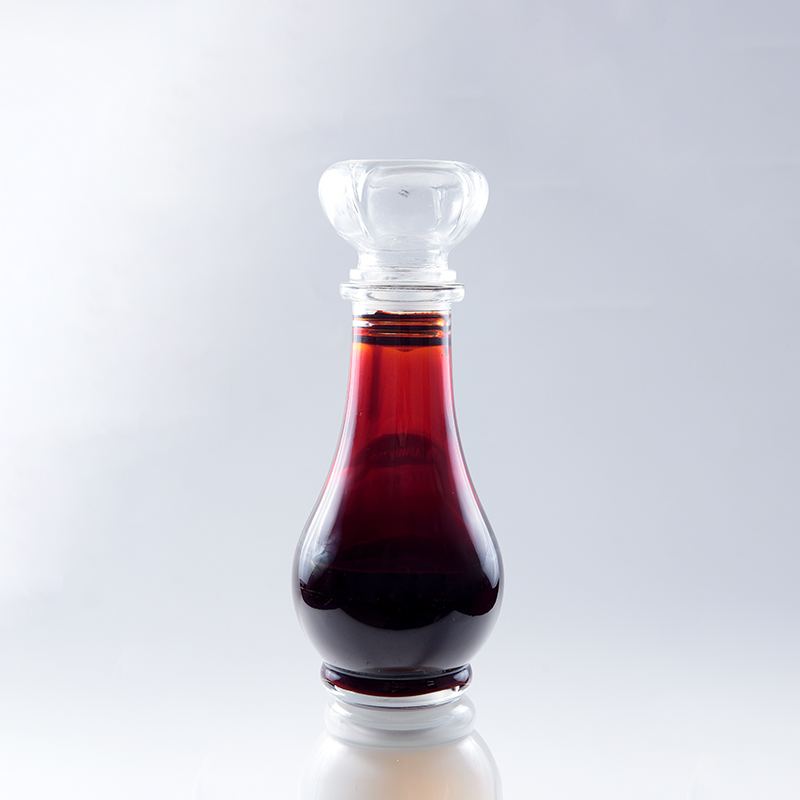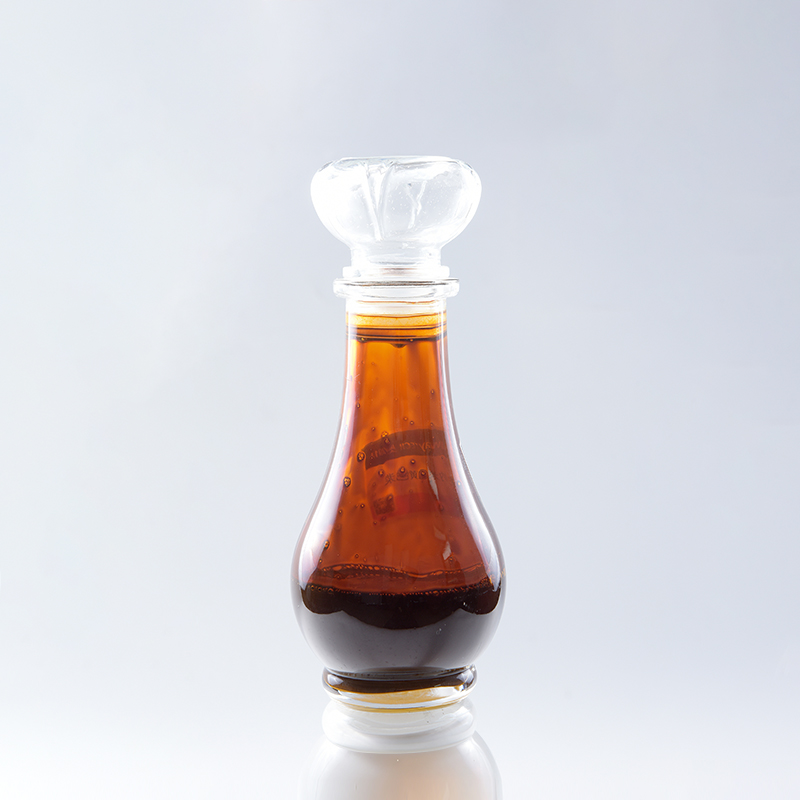Nanometer grade solvent-based paste, also known as nano-paste, is a specialized type of paste that contains nanoparticles dispersed in a solvent. These pastes have various applications across different fields due to the unique properties conferred by the nanoparticles. Here are some common applications and uses of nanometer grade solvent-based paste:
Electronics and Semiconductor Industry: Nano-pastes are used in the electronics and semiconductor industry for a range of applications. They can be used as conductive pastes for printing conductive tracks and electrodes in electronic devices, such as printed circuit boards (PCBs), touchscreens, and flexible electronics. Additionally, nano-pastes can be employed as dielectric materials, insulating layers, or for thermal management purposes.
Solar Cells: Nano-pastes find applications in the manufacturing of solar cells. They are used to create a conductive grid structure on the surface of solar cells, which enhances the electrical conductivity and efficiency of the cells. Nano-pastes can also be utilized for anti-reflective coatings on solar cell surfaces to minimize light reflection and maximize light absorption.
Display Technologies: Nano-pastes are employed in the production of various display technologies, including liquid crystal displays (LCDs), organic light-emitting diodes (OLEDs), and quantum dot displays. They are utilized for the deposition of thin films, patterning, and electrode formation, enabling the creation of high-resolution and energy-efficient displays.
Printed Electronics: Nanometer grade solvent-based pastes are extensively used in printed electronics, which involve the fabrication of electronic devices through printing techniques. They are used for printing conductive traces, sensors, and other electronic components on flexible substrates, enabling the production of lightweight and flexible electronics, such as wearable devices, smart labels, and electronic textiles.
Energy Storage: Nano-pastes are employed in the manufacturing of energy storage devices, such as lithium-ion batteries and supercapacitors. They are used as electrode materials, providing high surface area and improved electrochemical performance. Nano-pastes can enhance the energy storage capacity, charge/discharge rates, and overall efficiency of these devices.
Biomedical Applications: Nano-pastes have applications in the biomedical field. They can be utilized for drug delivery systems, where nanoparticles loaded with therapeutic agents are dispersed in a solvent-based paste for localized or controlled release. Nano-pastes are also used for tissue engineering, providing a scaffold for cell growth and regeneration.
Catalysis: Nano-pastes can be employed in catalytic processes. The high surface area and controlled dispersion of nanoparticles in the paste facilitate efficient catalytic reactions. They find applications in various industries, including chemical synthesis, petroleum refining, and environmental remediation.
It's worth noting that the specific applications and uses of nanometer grade solvent-based paste can vary depending on the type of nanoparticles used, the composition of the paste, and the intended purpose. Researchers and manufacturers continue to explore new applications and tailor-made formulations to suit specific needs in different industries.


 English
English
 中文简体
中文简体







